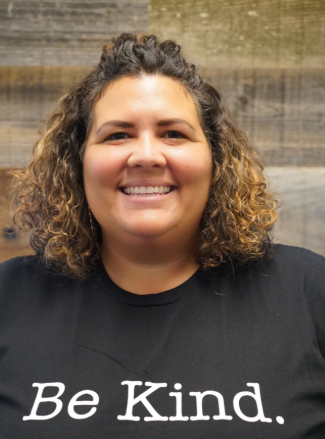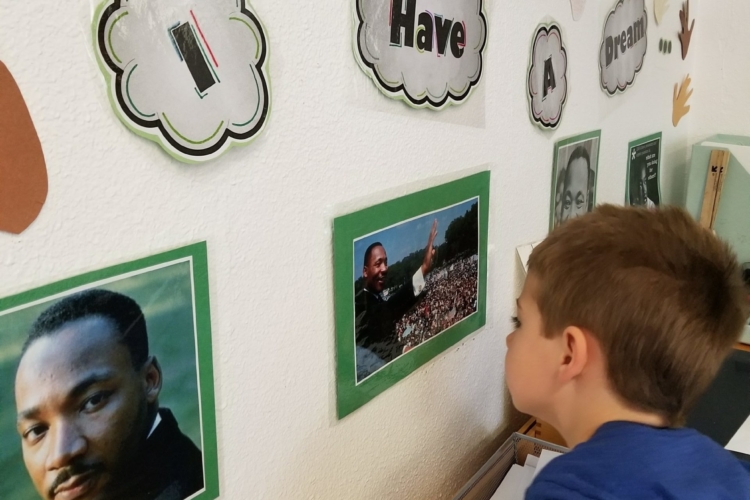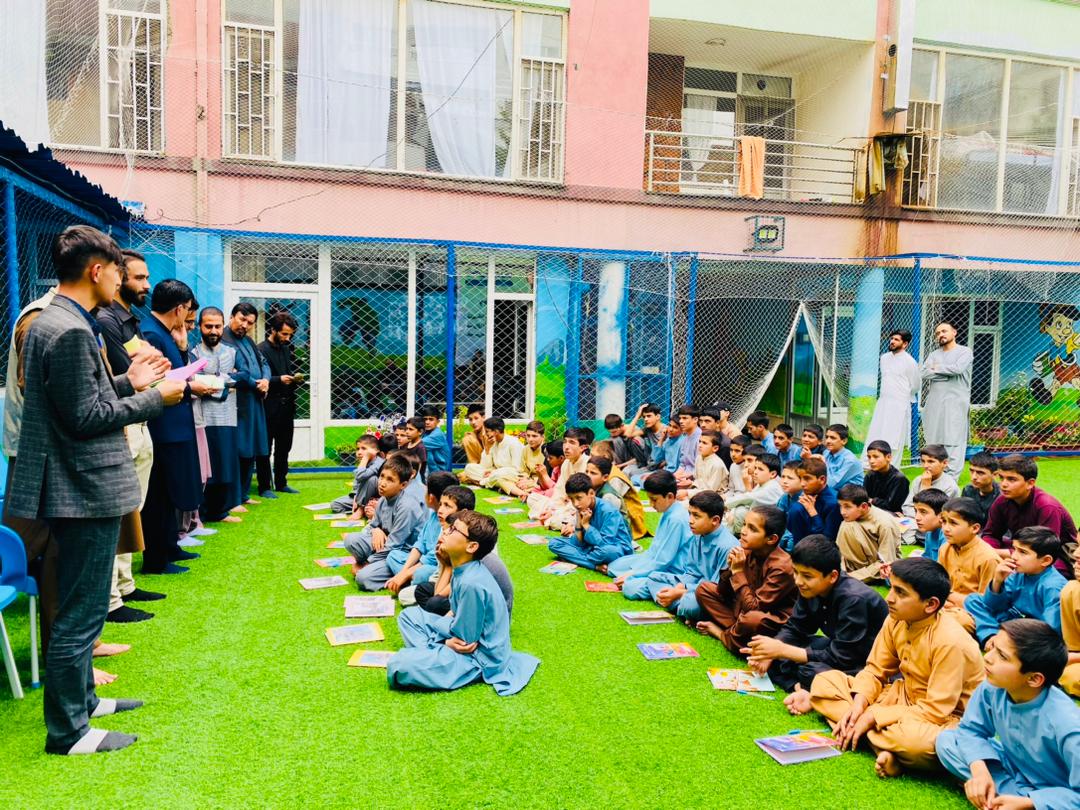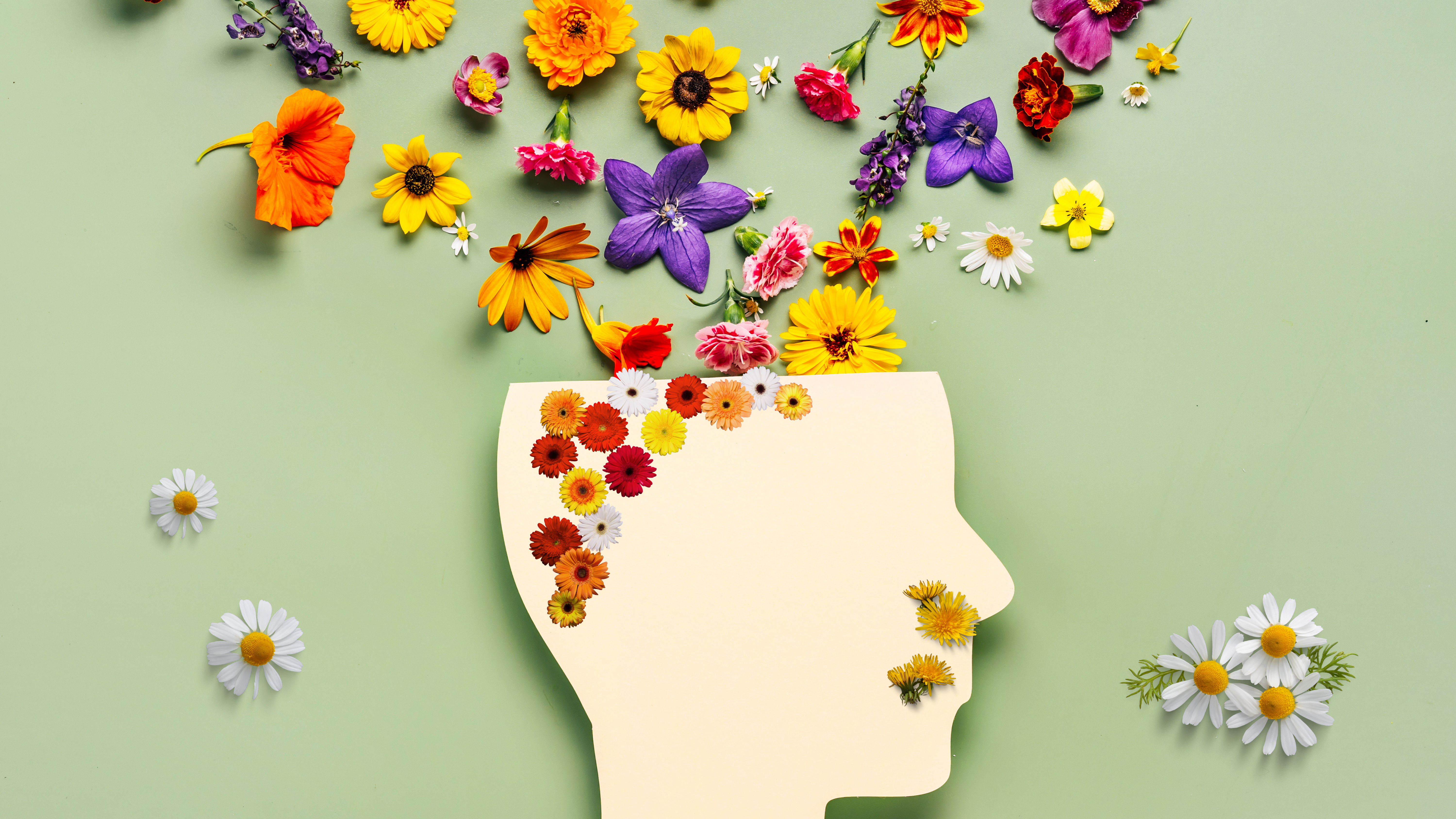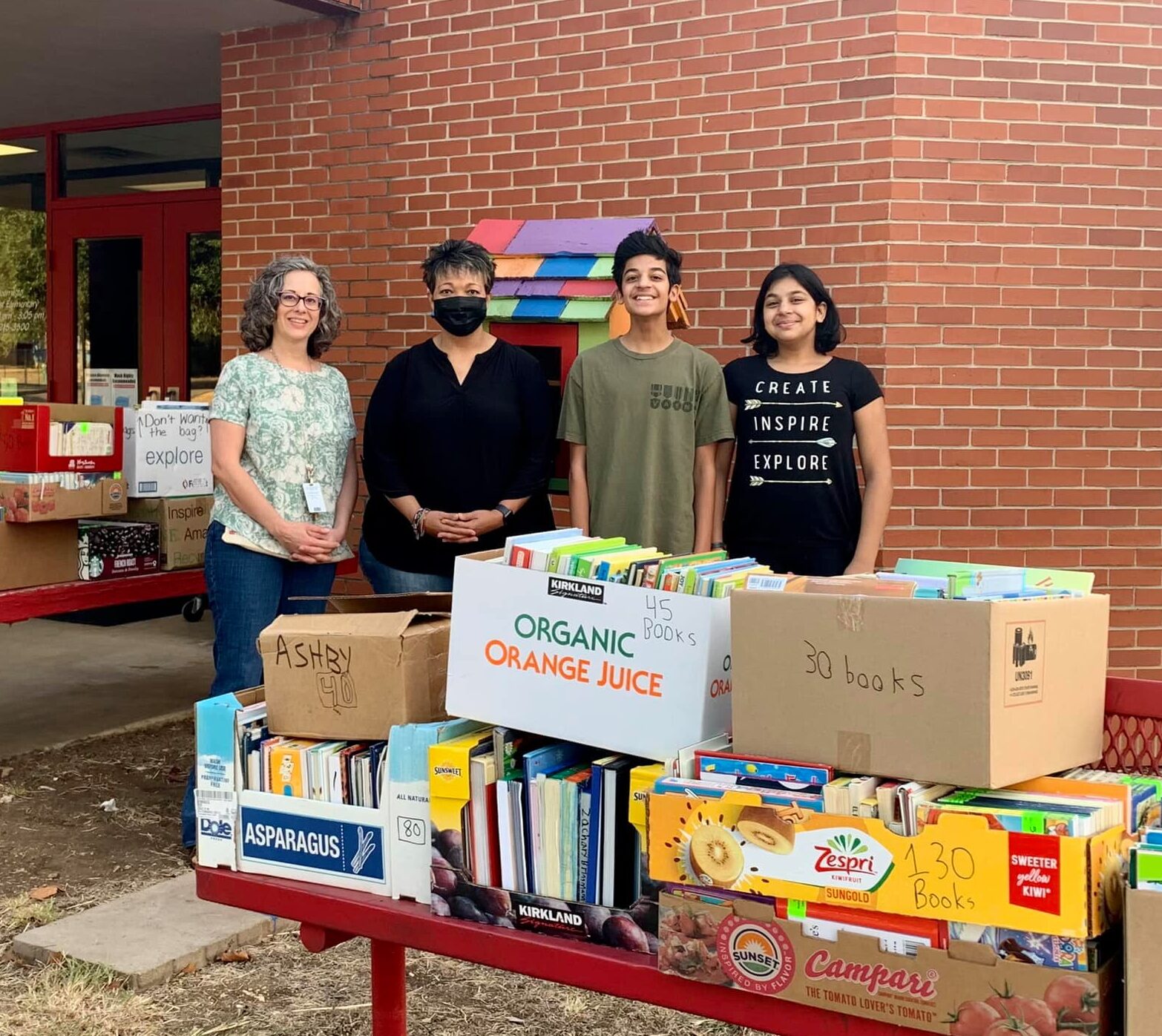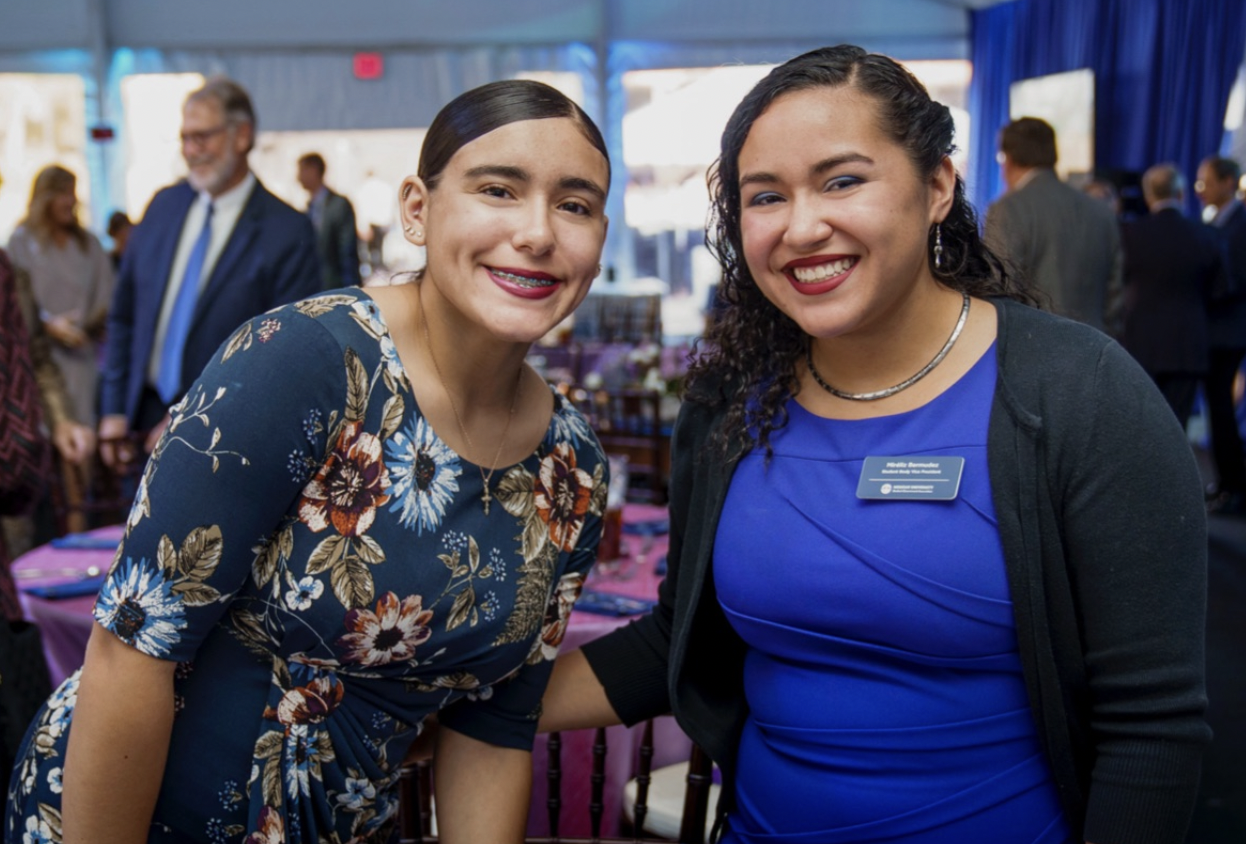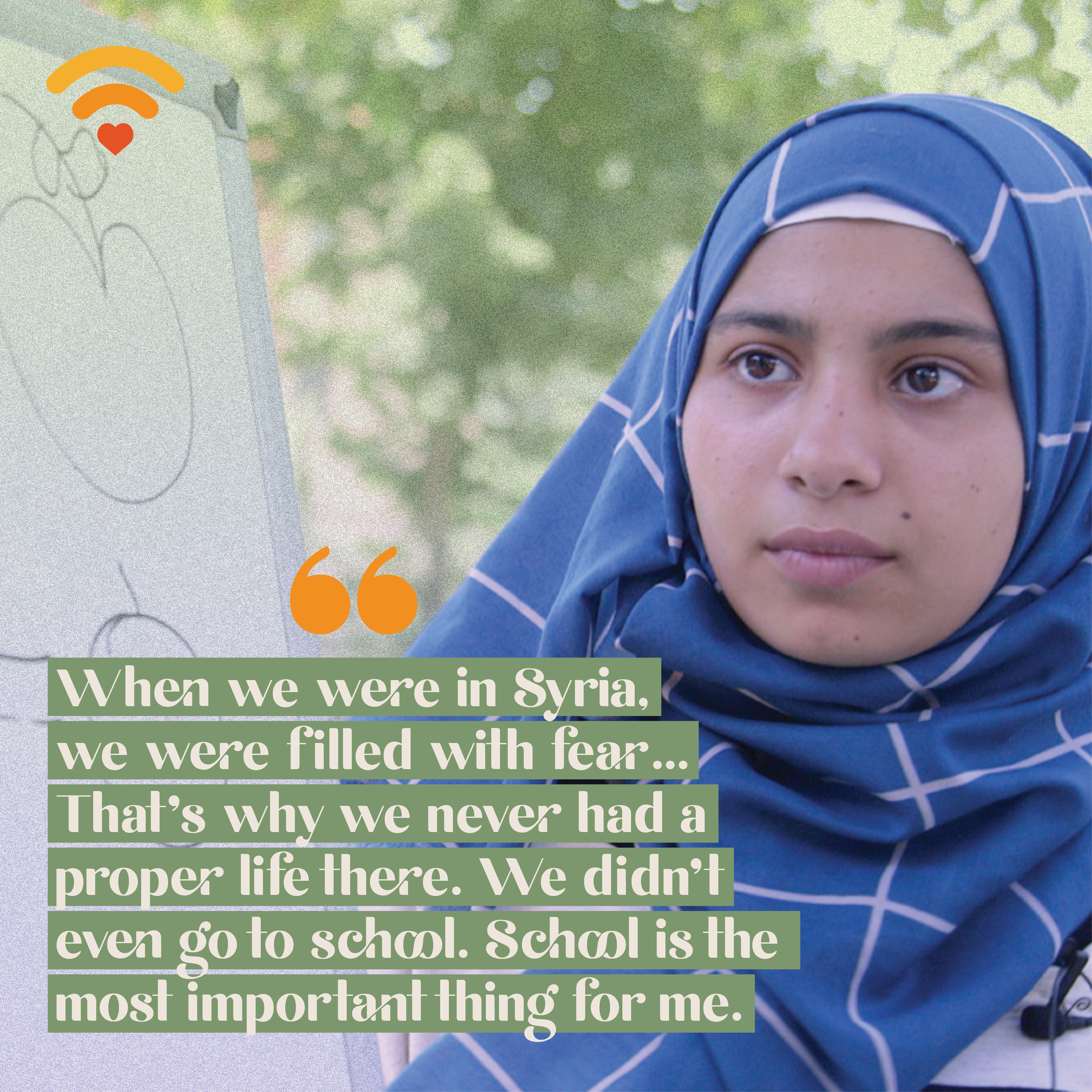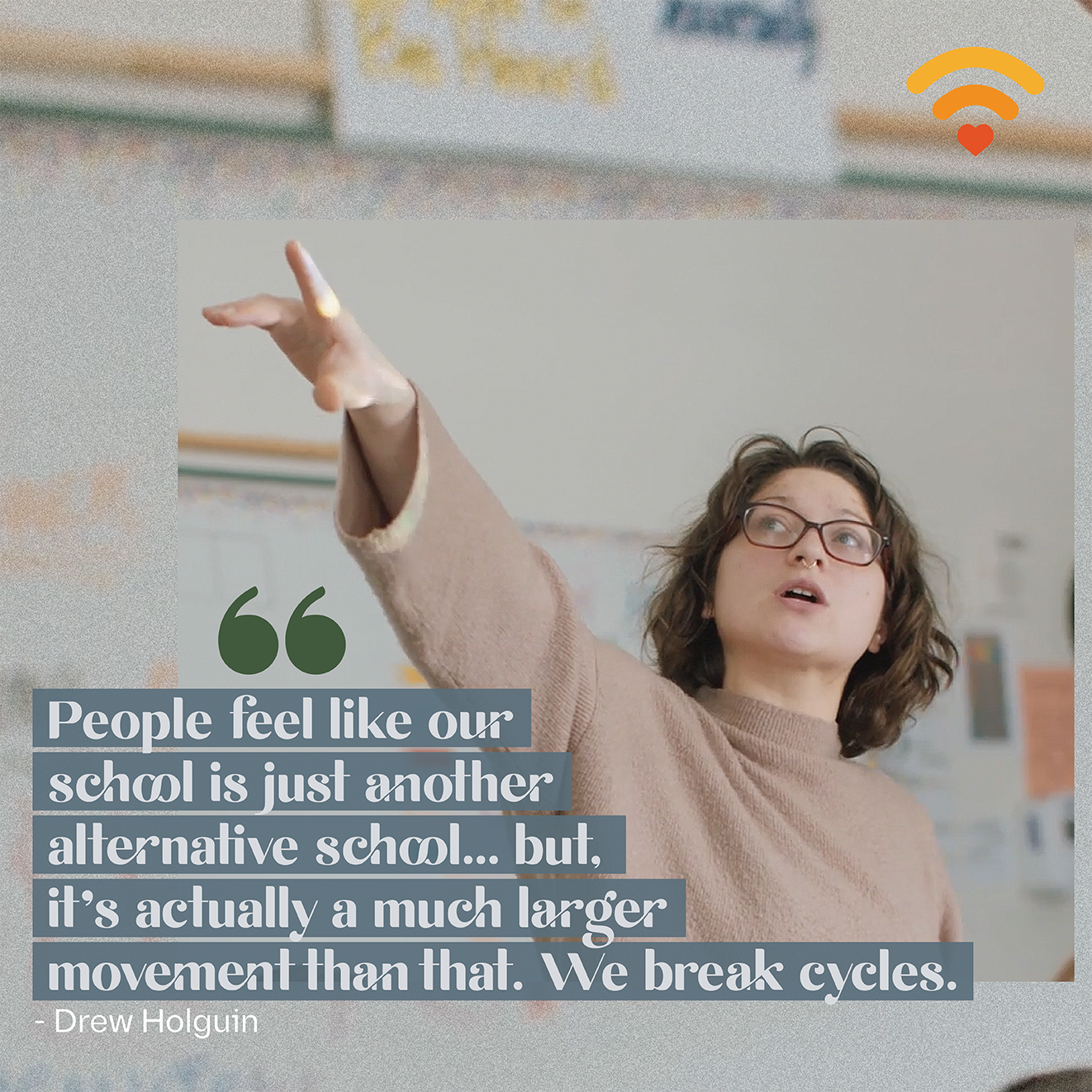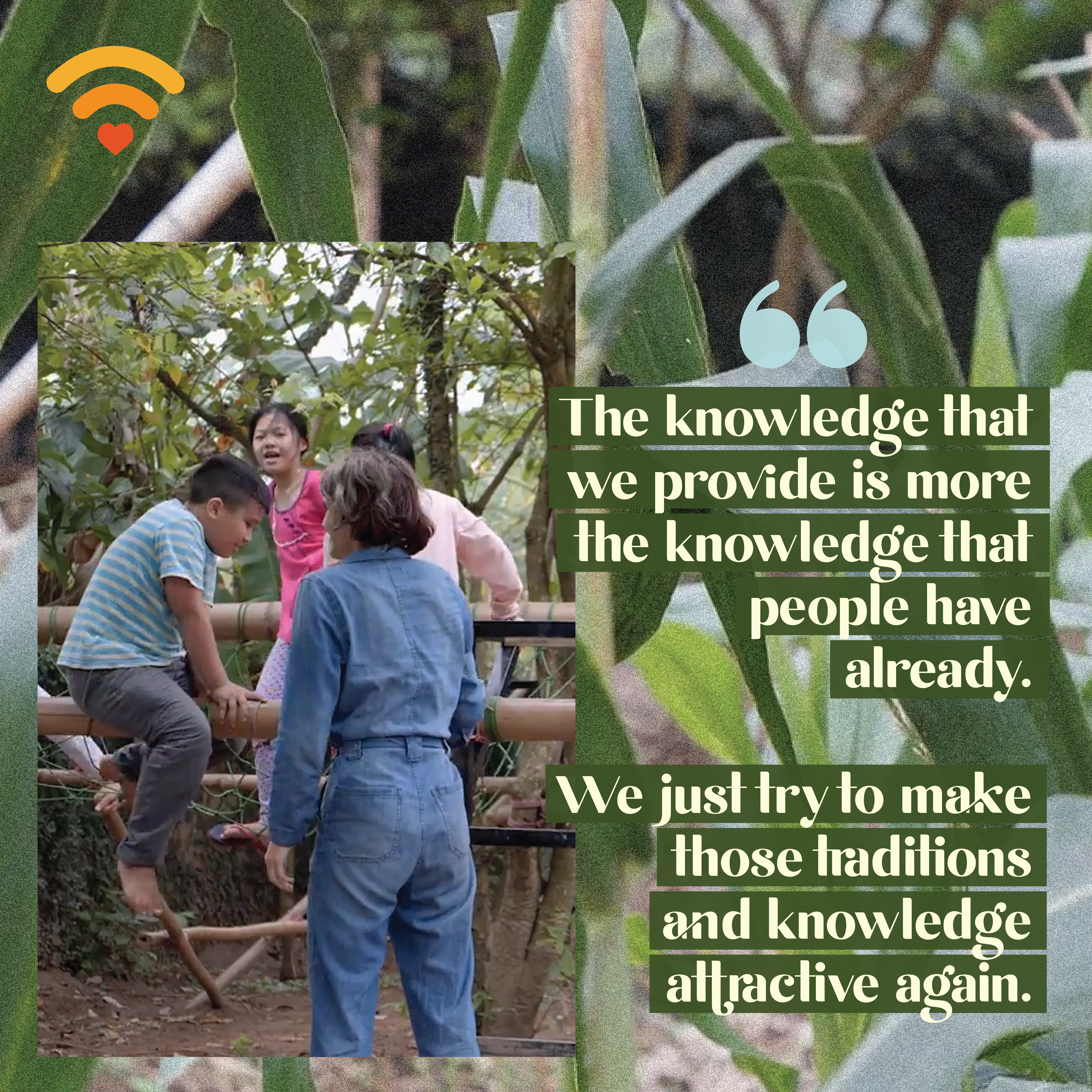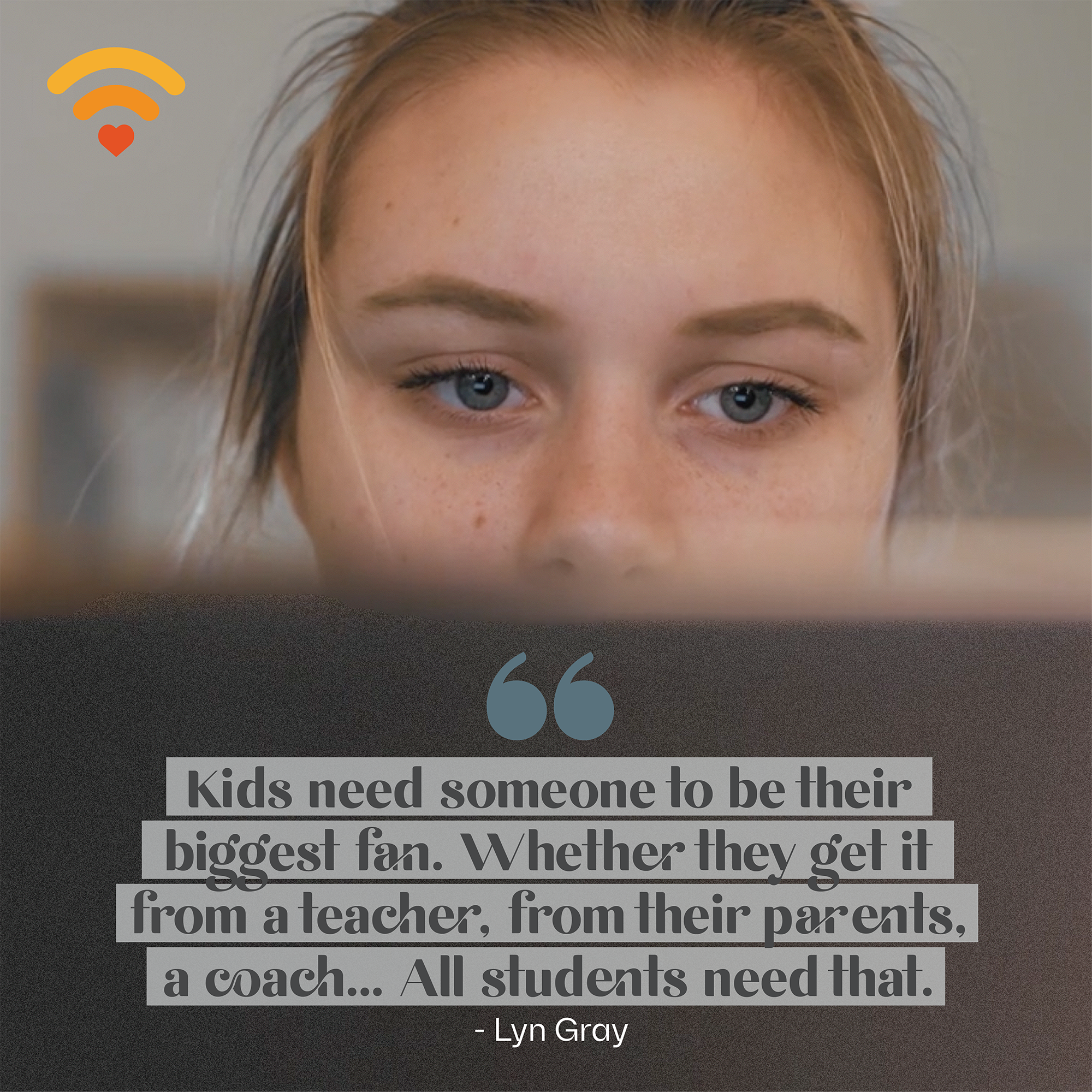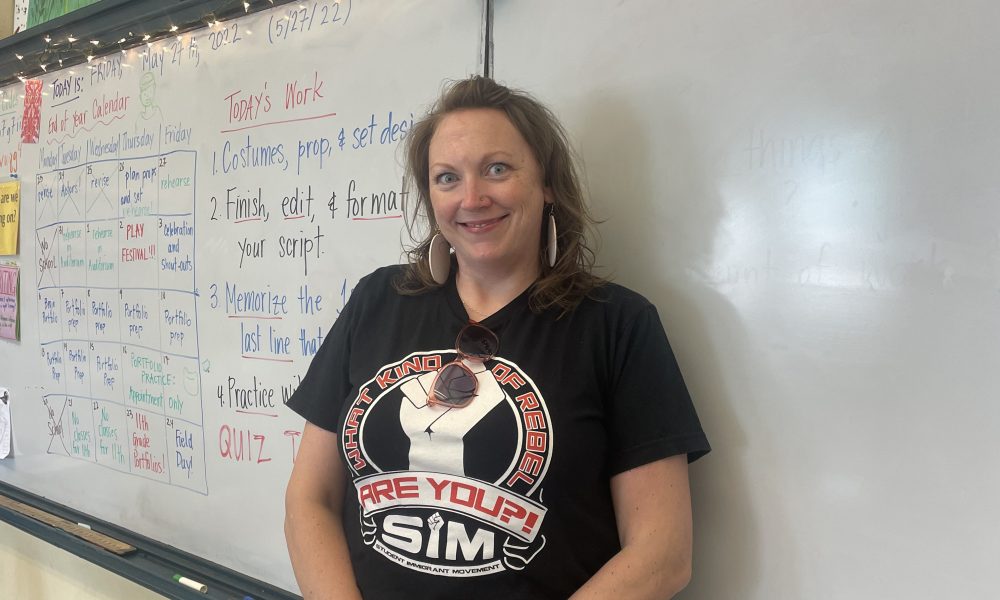Recently, I have been receiving a lot of texts from friends asking my advice on when is the right time and how exactly to talk to their young children about race. To be clear, I am not an expert on race and ethnic studies, but I do have over 15 years of experience in early childhood development. My years of post-graduate education and classroom experience have given me the opportunity to learn how the early mind develops and the many capabilities of the young mind. 90% of the brain develops in the first 5 years of life. Ninety Percent! Let that sink in. The first years of life are critical for physical, psychological, social-emotional, and language development.
This information is significant for parents, grandparents, caregivers, and teachers as they are the prominent adults in these formative years. And while there are many directions we could take this topic, for the purpose of this article, I am going to focus on the vital importance of talking about race, culture, and inclusivity with young children while sharing my personal experience teaching about equality and justice in the classroom.
Let me begin with the question, “When do I start to talk about race with my child?”
The answer is, now! Or if I’m being honest, if you’re asking the question, the answer is likely yesterday. However, it’s not too late. This is a process. If you are late to the game, don’t sweat it! Just get in the game. You may stumble on your words and you’re likely not going to have all the answers. That’s okay; just be honest. Your children will learn so much more through your honesty and vulnerability. Do some research and involve your child in the process.
Our children are observing and absorbing everything around them at a rapid pace throughout early childhood. Not only is your child’s awareness heightened right now as our country begins to focus on its historical systemic racism, but the truth is, your child is already aware of race. They just don’t have names for it. We spend so much time in the first few years naming everything for our kids so they can identify differences. Think about when you go for a walk with your young child, and you name everything you see: big tree, palm tree, car, truck, etc. We name things to help our children become aware of their surroundings, boost their language development, and help them identify their feelings. We need to also put names to race. This is one of the first steps in helping children understand that there are cultures outside of their own, of equal value. It is our duty to put the words to what our children are seeing and experiencing.
In my 3 to 6 year olds classroom, one of my favorite aspects of teaching was our cultural units. In these lessons, we highlighted many characteristics of each culture studied from food, shelter, clothing, language, agriculture, religion, holidays to traditions. Each unit included lots of photos of children and adults from that region. We celebrated Mexico and Dia de Los Muertos. We celebrated India and Diwali. We celebrated Iran and Persian New Year. Beyond these foreign cultures, we also observed many holidays and popular cultural celebrations in the United States: Martin Luther King Jr. Day, Chinese New Year, Mardi Gras, and Cinco de Mayo.
With each unit, I called attention to the many unique differences within each culture. After identifying these differences, we celebrated them. For me, this is such an important step in talking about race and culture. In class, we celebrated these cultures through experience and discussion on our favorite parts from food to music to stories. This allowed the children to open up and talk about their own culture and traditions celebrated in their homes. Our conversations almost naturally evolved into acknowledging the similarities between cultures. Children were eager to point out how their family performed spring cleaning just like the Persians and Chinese do in preparation for their respective New Years’. One child shared that his family had a special bread with a hidden coin (Greek Vasilopita) just like the Mardi Gras King Cake from New Orleans and Rosca de Reyes bread from Mexico hid baby figurines in their sweet breads. Nearly every child was enthusiastic about sharing some similarity they identified. This acknowledgment of cultural similarities allowed me to weave a conversation about the importance of human connection and likeness.
The message came to light during our MLK Jr. unit. We explored our physical composition as humans, acknowledging our similarities and how they relate to equality. I illustrated this through blind taste-tests of multi-colored hard-boiled eggs and heirloom carrots. Every year I taught a lesson on skin tone where we identified our unique tints. With one of my favorite books, Shades of People as our guide, we each named our beautiful tones – cream, carmel, straw, almond, rose, cafe con leche. The kids loved this exercise. I would hear them compliment their friends on their ivory tone or identify a doll as having “lovely toast skin.” It made an impact. The hope of this lesson was to open their eyes to the many variations there are and yet the undeniable likeness we have as humans.
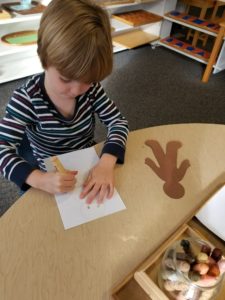
“How do I talk to my child about race?”
The simple answer is to start with a book. But teaching tolerance goes well beyond this. We have to have conversations and experiences to truly embody anti-racism and inclusion. My advice is to focus on 3 things – recognizing/naming race and culture, celebrating our unique differences, and acknowledging the similarities. Help your children put a name to race just as you do with everything else you are teaching them. Explain those big words: racism, equality, justice, and peace. Explore the many differences and celebrate them together. Look up local festivals to attend in your neighboring communities. Listen to music, experience new cuisines, learn how to say hello and I love you in other languages, watch shows/movies positively portraying BIPOC (Black, Indigenous, People of Color), read books, and learn the history!
Then dive into a discussion on these experiences. Explain how our differences are what make us unique and special. Then, acknowledge the similarities we have across cultures and honor these connections. Talk about the importance of character. Many people are well-versed in the importance of acknowledging our similarities in that we are all humans but discussions on race and equality go far beyond this. It is imperative to the conversation that we recognize and celebrate our differences.
My practical advice is to lead with feelings. This is familiar and relatable ground for children. Talk to your children early. In those first five years of life, the brain is creating billions of connections between brain cells which will lead to better understanding and higher-level skills. The connections that are flexed and used more often become stronger. Create an environment to make those connections for race and inclusion powerful and lasting.
Here is a list of books and resources I find useful when talking about race, culture, and inclusivity with children.




